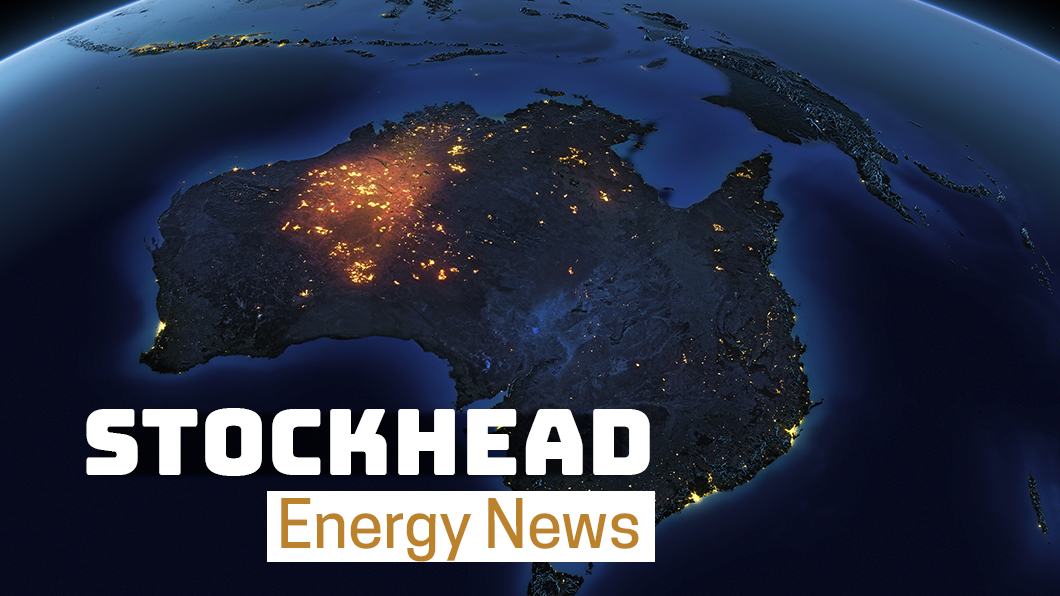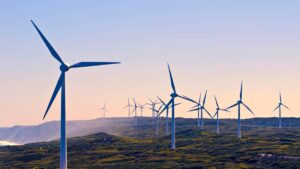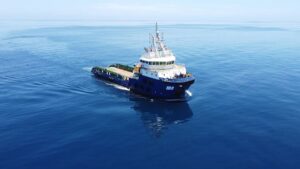COVID-19 could send Asia-Pacific renewables back two years

Pic: Matthias Kulka / The Image Bank via Getty Images
Renewable energy construction in the Asia Pacific region could be pushed back by two years if a COVID-19 pandemic recession crunches economies into next year.
Over 150 gigawatts (GW) of wind and solar projects in the region could be delayed or cancelled over the next five years if countries can’t restore their economies to growth mode by 2021, according to global resources consultancy Wood Mackenzie.
The impact on the industry’s global footprint will be large, as the Asia-Pacific has led wind and solar installations over the last five years and in that time accounted for about 75 per cent of the world’s power demand growth.
“The coming months will be crucial to determine if the region is moving towards a rapid recovery or extended recession future,” Wood Mackenzie research director Alex Whitworth said.
“Key indicators to monitor include power demand growth, credit terms for renewables projects, cost competition between renewables and fossil fuels and government support including stimulus for renewables markets.”
The consultancy has already said global solar installations are likely to fall by 18 per cent from pre-COVID-19 levels of about 129.5GW to 106.4GW. But if there is no prolonged recession, the recovery in 2021 should mean solar installations end up just 3 per cent below pre-virus levels.
The International Energy Agency is reviewing its October 2019 forecast that 2020 would be a record year for renewable energy generation growth, noting that cheap fossil fuels and economic slowdown was hampering growth.
Money turns scarce
A best case scenario of an up-to three month demand disruption caused by economic lockdowns followed by a strong recovery could mean 380 terawatt hours (TWh) of power demand lost in Asia Pacific this year.
Under the worst case scenario, if the coronavirus is not brought under control and markets go into major recession, approximately 1,000TWh of demand could be lost by 2023, or the equivalent to about two years of growth in the region.
Before the virus spread global investors had been very keen on Asia Pacific renewables projects and funding had been easy to find — this did not include Australia where a series of regulatory, infrastructural and policy hurdles have deterred investors.
But that money may not be as forthcoming if the contagion remains unchecked and turns into a financial crisis.
“In our base case outlook, the impact on wind and solar installations in 2020 can be offset by stronger growth and support policies in 2021,” Whitworth said.
“But if the situation worsens, renewables projects in developing Asia could be heavily impacted by increased financing costs, as well as forex risk due to high capex share of costs. A 10 per cent increase in weighted average cost of capital could lead to an 8 per cent increase in levelised cost of electricity (LCOE) in renewables.”
Whitworth said that in a recession scenario with lower fossil fuel prices, renewables would only become competitive with coal-fired power plants in most of the Asia Pacific beyond 2025.
Government subsidies rise again
Governments across Asia have strongly supported renewable energy, with China leading the way with incentives such as subsidies and preferential dispatch policies.
This has led to massive growth in its wind, solar and battery storage capacity over the last five years.
This support has begun to diminish as the sector has moved from infancy to adulthood, but governments have now started to rethink that in the face of demand declines caused by the pandemic.
By April 2020 Vietnam extended feed-in-tariffs for wind by two years to 2023, while China is considering extending subsidies beyond its 2020 cut-off date.
Related Topics
UNLOCK INSIGHTS
Discover the untold stories of emerging ASX stocks.
Daily news and expert analysis, it's free to subscribe.
By proceeding, you confirm you understand that we handle personal information in accordance with our Privacy Policy.








